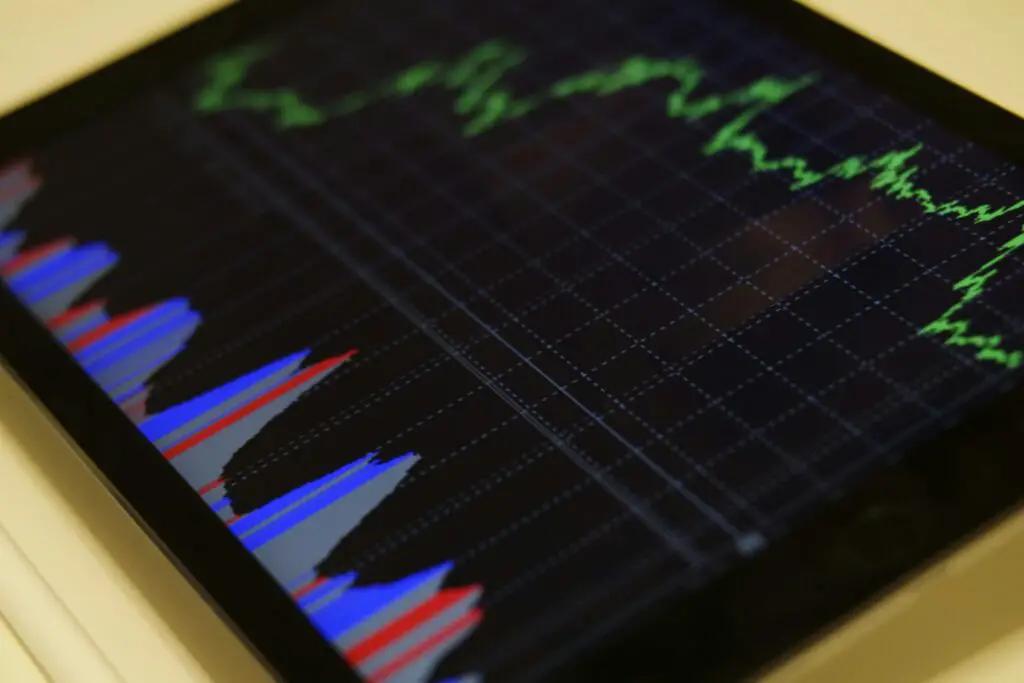If you trade on the stock market, there are a lot of risks, but the benefits can be huge. Because of this, players need to have thoughtful strategies that help them make the most money while lowering their risk. Trade so that you are constantly making money. This book has all that a seller, new or old, needs to know.

How to Get Started with Trading Ideas
Before getting into details, one needs to know what a trading plan is. Any trading method is an effective strategy for how to buy or sell stocks to make money. Traders use a set of rules and factors to figure out what to do. Parts of a trading strategy that are very important are risk management time frame and trading style (like day trading, swing trading, or positional trading).
Why handling risks is important.
One of the most important parts of any good trading plan is being able to handle risks well. It involves deciding how much money to risk on a single trade, putting in place orders for stops to keep losses in check, and making sure the risk-to-reward ratio is good. Most of the time, you ought not to lose more than 1% to 2% of your investing cash on a single trade. This way also, a string of losses will not hurt our money.
How to Read the Market with a Technical Analysis
Technical research is a very important part of many ways to trade. To find out how prices will move in the future you have to look at price charts and use different factors. A lot of people know about rolling sums, the ratio of strength to strength (RSI), and Moe Bands. The best times to join and leave the market, as well as trends, can all be found with these instruments.
Averages that Move
A moving average turns a bunch of different price data into a single line. This makes it easy to see which way the trend is going. The exponential moving average (EMA) and a simple moving average (SMA) are two tools that are used a lot—prices, which lets you act more quickly on new facts. To find the SMA you take the average of the prices at the end of every session over an amount of time.
Ratio of Strength Index (RSI)

The RSI looks at how quickly and how much prices change to figure out movement. It is used to find markets that are too hot or sold. Its number is from 0 to 100. The item may have been bought for too much if the RSI is above 70. It may have given for less if it is less than 30.
Bands from Bollinger
They have an average that is moving in the middle. The other two bars are set at different standard deviations from the mean. Is the price getting too close to the upper come? If so the good may already have been got too much. But if it comes close to the lower band, it might not be worth it.
The Bigger Picture of Basic Analysis
To find out how much an asset is really valued, basic analysis looks at economic factors, business success and other qualitative info. The way prices change is looked at in technical evaluation. This means that investors have to look at financial records, earnings reports, and the state of the business. When you trade forex, you might look at GDP growth rates, job data, and interest rates as part of fundamental research.
Always Used Trade Methods

These ways of coping have been around for a long time and have been shown to work:
1. Going with the Flow
To use these easy plans, you just need to find the direction of the market trend and go with it. This method tells traders to get in when the trend starts and get out when it starts to go toward them. To find trends many people use tools like trendlines and moving averages.
2. The Mean Turn Around
The idea behind the mean reversal of an event is that prices will ultimately return to their average or historical mean. When prices keep going back and forth between clear levels of support and resistance, this method works well. Before making a deal, traders wait for the price to be too high or too low in hopes that the price will return to its norm.
3. Getting in at the breakout
When you trade the breakout, you enter the market when the price breaks through a big level of support or resistance. People believe that once a price breaks out, it will keep going in the same way. High volume is often used as a proof sign for this strategy. It means that there is a lot of interest and energy behind the move.
4. Cutting off

It is a type of rapid trading that focuses on making quick gains from small changes in prices. Traders often only hold positions for a few minutes or seconds at a time. For this approach to work, you need to be able to focus very well, make quick decisions, and have access to actual-time info. Risk control is even more important for scalpers because they often use leverage to make more money.
5. Making trades in swings
Brief to short gains over a few days or weeks is what swing traders are after. Swing traders use it to find changes in prices that fit into an overall trend. After that, they make deals at times when they think the price will change their mind. Position trading is all about the long term, while day trading is all about moving quickly. This plan is in the middle.
Making up your trading plan
There are reliable methods to trade that can help you learn, but you need to make your trading plan if you want to be successful in the long run. Here are some steps to help you make your plan:
Find out what the risk is. With Goals and Acceptance: Figure out what you want to do and how much risk you are ready to take. This will help you pick a trading style and the right tools for the job.
Choose Your Markets: Choose the market coins. There may be more than one way to do business in every area.
Set rules for when to enter and leave a trade. You need to know when to enter and leave a trade. You could use price levels, basic factors, or technical signs to do this.
Look back at your plan: Use facts from the past to test your plan and see how it would have worked in the past. This helps you find issues and ways to make things better.

Follow through with your plan to trade in a real account. To lower your risk, you might want to start with a trial account or a small amount of money. Always look at outcomes and change things as needed.
How trading changes the minds of others
You can trade well if you have a good plan and the right mind. You ought to keep your feelings in check, be responsible, and follow through with your plan. Fear and greed are strong feelings that can have a big impact on the choices that you make when buying. Fear can make you miss deals that could make you lose money or get out of trades too soon. Greed, on the other hand, can make you hold on to losing positions for too long in hopes that they will turn about.
Learning to adjust all the time
There are always changes in the financial markets because of things that happen in the economy, new tools, and different views on business. For this reason, you ought to trade more and learn more about the market. Read about your trades often, find out what went wrong, and stay up to date on market news and changes.
In conclusion
If you always want to make money when you trade, you should have carefully planned plans, good risk management, and the right frame of mind. If you understand and use the basic trading strategies in this article, like trend tracking, mean reversion break trading, scalping, and swing trading, you may have a better chance of success in the stock market. Remember that the best way to make money in the long run is to keep learning, adjust to the market, and stick to your trade plan.

